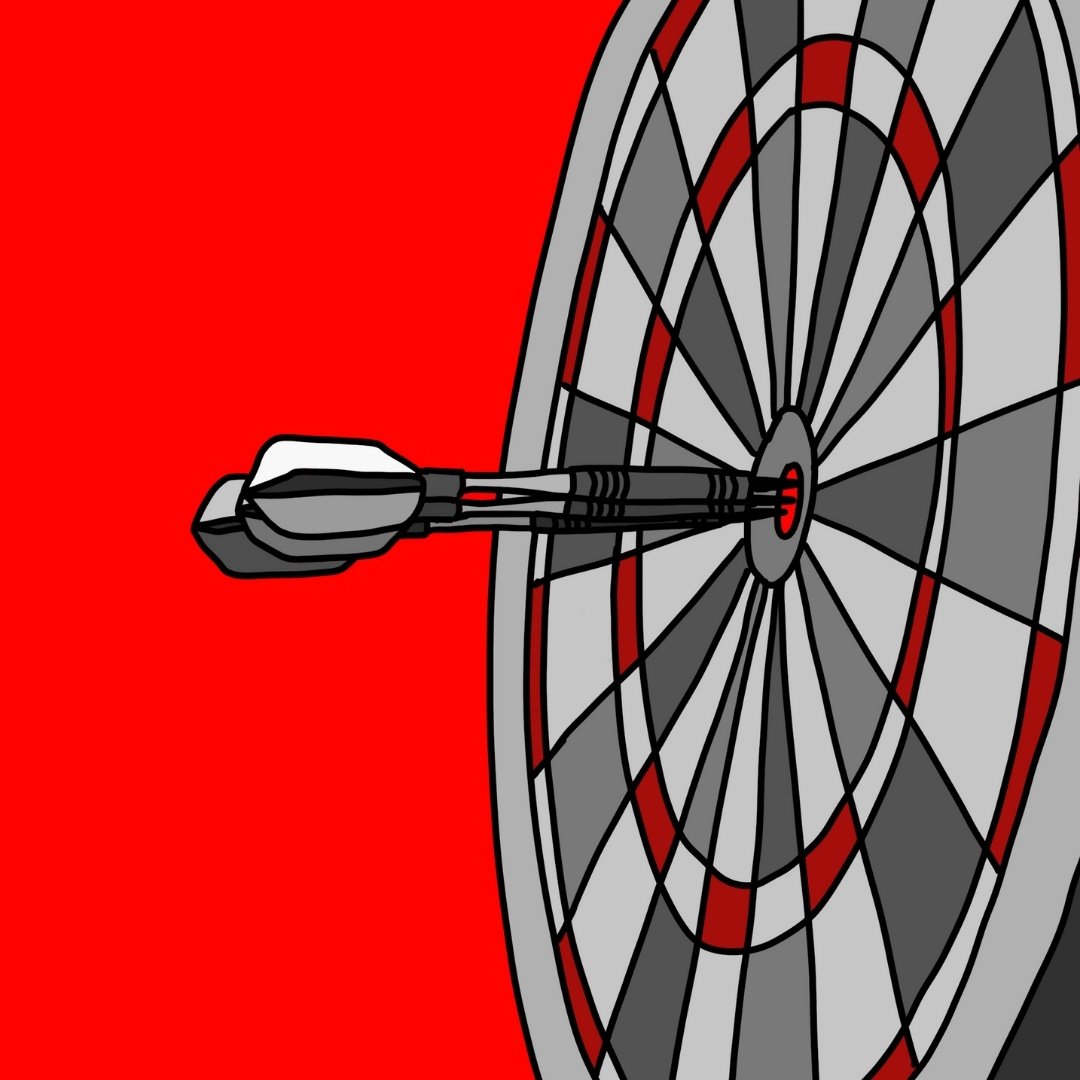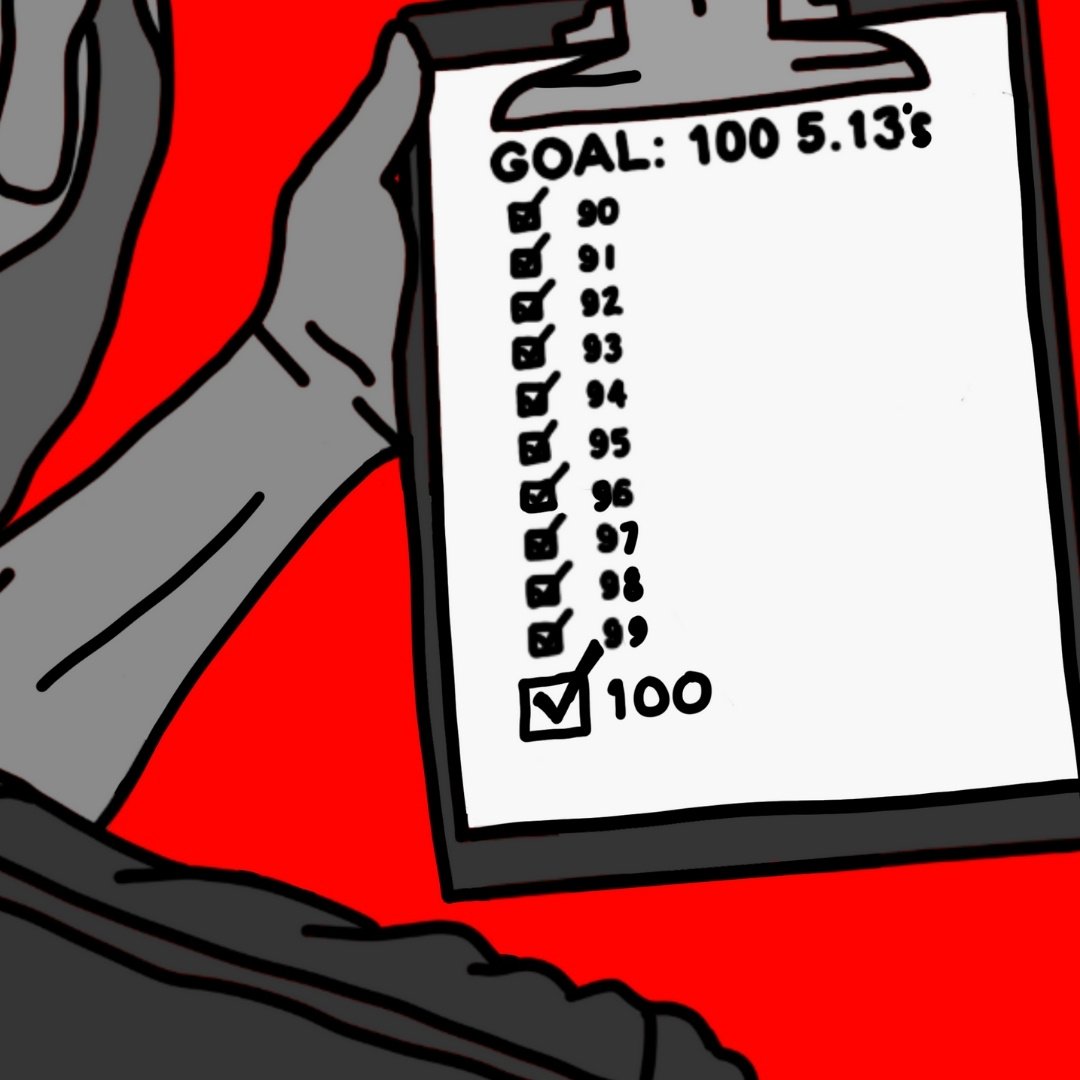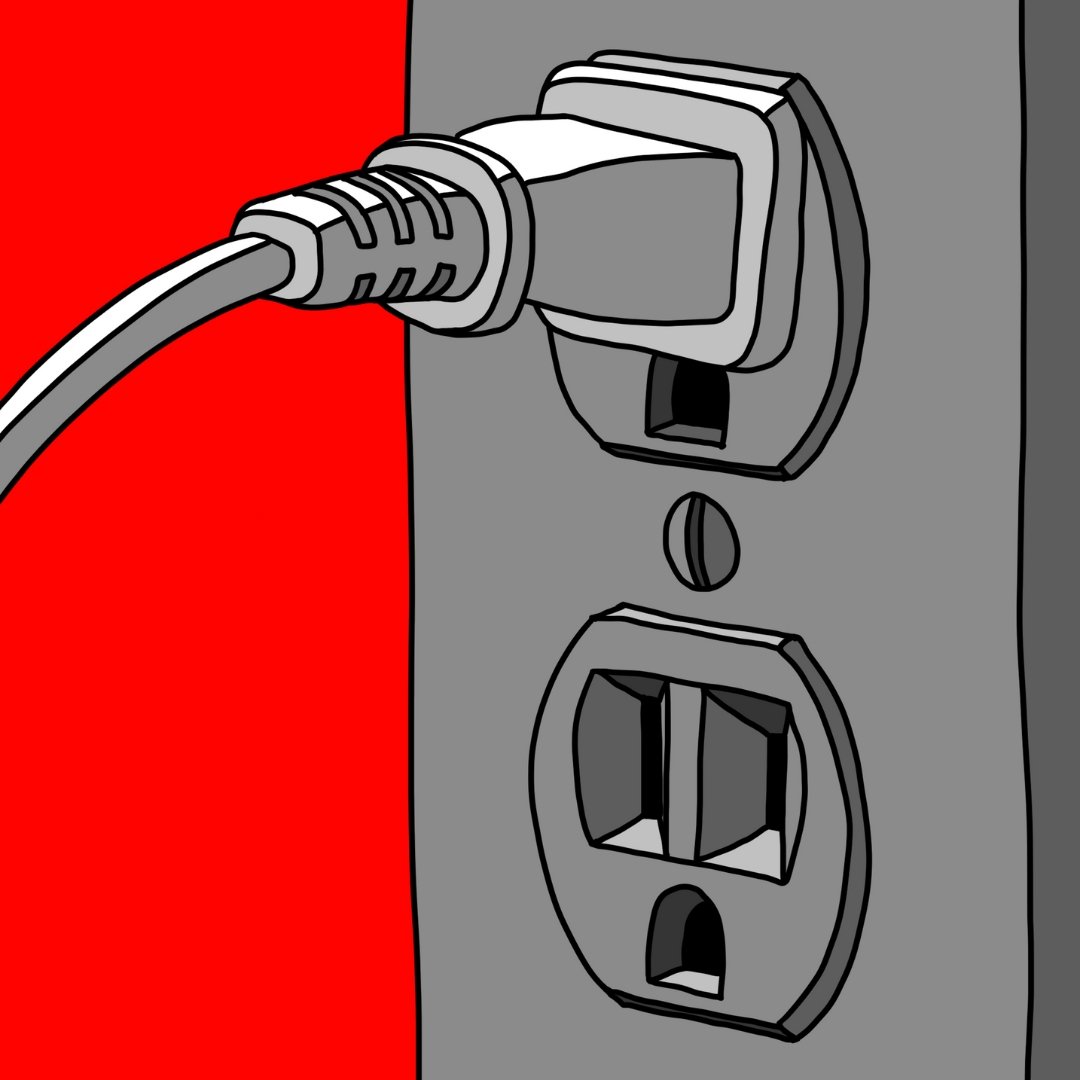I Had to Commit.
In 2019 I began assembling a collection of essays and blog posts that eventually became a book titled The Hard Truth: Simple Ways to Become a Better Climber. My friend Brendan Leonard illustrated the book, creating charts to visually represent the lesson of each chapter. But his charts weren’t quite working for the cover. They required that you stop and use your brain. We wanted something punchy and instantly recognizable that also spoke to the main themes of the book.
My first try at an illustration, sitting at my kitchen table with Nate, was a snapped banana. It took about 5 minutes, became the cover image, and now there are several people who have that banana tattooed on them. True story.
If you haven’t read the book, you’re wondering what a snapped banana has to do with climbing. The answer is that it’s a perfect representation of one of the central themes of the essays - commitment - but to understand that further, you’re just going to have to get the book.
For now, all you need to know is that I prided myself on my commitment. Then I took my own evaluation in the new course. It said Commitment was my weakest of the 5 Atomic Elements.
Nonsense.
At least, that was my initial reaction. No way that Commitment and Tension are my weakest areas. But then I thought about it. For the past several years I’ve been working on Position and Effort. Rhythm for even longer. In fact, Position and Effort were the things that prompted the line of thinking that has led to putting together the Atomic Elements course.
But what I haven’t worked on recently is Commitment. Or Tension. Damn. It might be right.
And then I started editing the new videos for each of the 25 drills in the course. And guess what? I saw it happening. Falling due to not committing. Tapping a hold instead of latching it. Pulling my fingers OUT of a pocket that I was clearly already in because I hadn’t committed to the Tension required. Half-assing moves that I’ve done SO MANY TIMES because they just didn’t “feel right”. Things I didn’t really want people to see.
But in fact, you can see it all in this 6 minute video I added to the course last minute.
The thing is, commitment comes in a lot of forms. Getting on the project. Trying new beta. Making goals and actually chasing them.
I’m good at those.
But it also shows up as committing to latching a hold on the first try instead of tapping it 4 or 5 times first to test the distance and tension and trajectory. As being willing to give the effort required to fight for the send even when you aren’t sure if you have the right beta just yet. Continuing to climb when your movement quality is breaking down for whatever reason instead of dropping off when things aren’t perfect.
Those things, according to the evaluation, and to video, I’m not so good at it.
And at first I accepted this with some reluctance. But I quickly shifted to excitement.
As some of you know, I’m trying to reach 100 5.13’s by my 50th birthday in October, and I became convinced that if I could be intentional with my commitment outside on the projects, I’ll get there faster.
Here’s why:
In the course, we suggest that you do the Evaluation with a specific situation in mind. In my case, I went through it with my first or second attempt at a new mini to medium length project in mind. When it’s redpoint time, my tactics are great. I can usually take a short project from worked out to sent fairly quickly, but I had a feeling that I could improve the first attempts. And what my results told me was that I was probably using tactics in such a way that was making it easy to not commit.
So on those first few project attempts, and all throughout each day of climbing, I’m taking steps to remind myself to commit. I’m making real onsight attempts instead of going up and taking to work out moves at the first sign of difficulty. I’m trying to onsight harder warmups. As soon as I feel like I want to stick clip through a section, instead, I just go for it. I’m “wasting” attempts while tired, specifically to see what happens up there when I’m pumped and fatigued, and to rewire the way I’ve been responding to those situations.
It’s already paying off. I’m onsighting more things. I quickly worked out powerful beta - a throw to a mono - that I’m sure previously would have taken me several attempts of trying in vain to find alternative methods. I’ve used pinky monos on two recent projects rather than look for other beta, and they worked just fine despite making me nervous. I’ve gone for a redpoint when I felt like I should do another link, and sent. Making a particularly fatigued low point link up a project with a heartbreaker redpoint crux, I discovered that when forced into it, I can cop a bit of a shake for my right hand just when I need it. No chance I would have found that without getting there ridiculously tired. I’m at number 93 and have number 94 queued up. And my process can still be improved.
I just have to keep committing.
Join coach Kris Hampton as he presents a new way to think about and improve climbing technique and movement skills. Assess your movement using our new evaluation tool, and discover the most efficient and effective path to becoming a better climber.
We’ve made something really valuable here, and I have to thank you all for letting me work through these theories with you, for the emails with ideas, questions, and encouragement and quite frankly, simply for the trust of letting me into your inbox every month. I know it can get jumbled in here, so I appreciate you reading, listening, watching, exploring and learning with me.
I’ll see you again in a month or so.
– Kris
Related Things to Stay Current:
Check out our Movement Practice Resource Page.
Check out the latest YouTube video.
Subscribe to the podcast on your favorite pod player.
If you’re a coach, our Coaching for Mastery course is a good start for our upcoming deep dive into movement learning.
An ongoing Spotify playlist with all of our past movement focused episodes.
Subscribe to THE CURRENT to get these monthly thoughts in your inbox.















